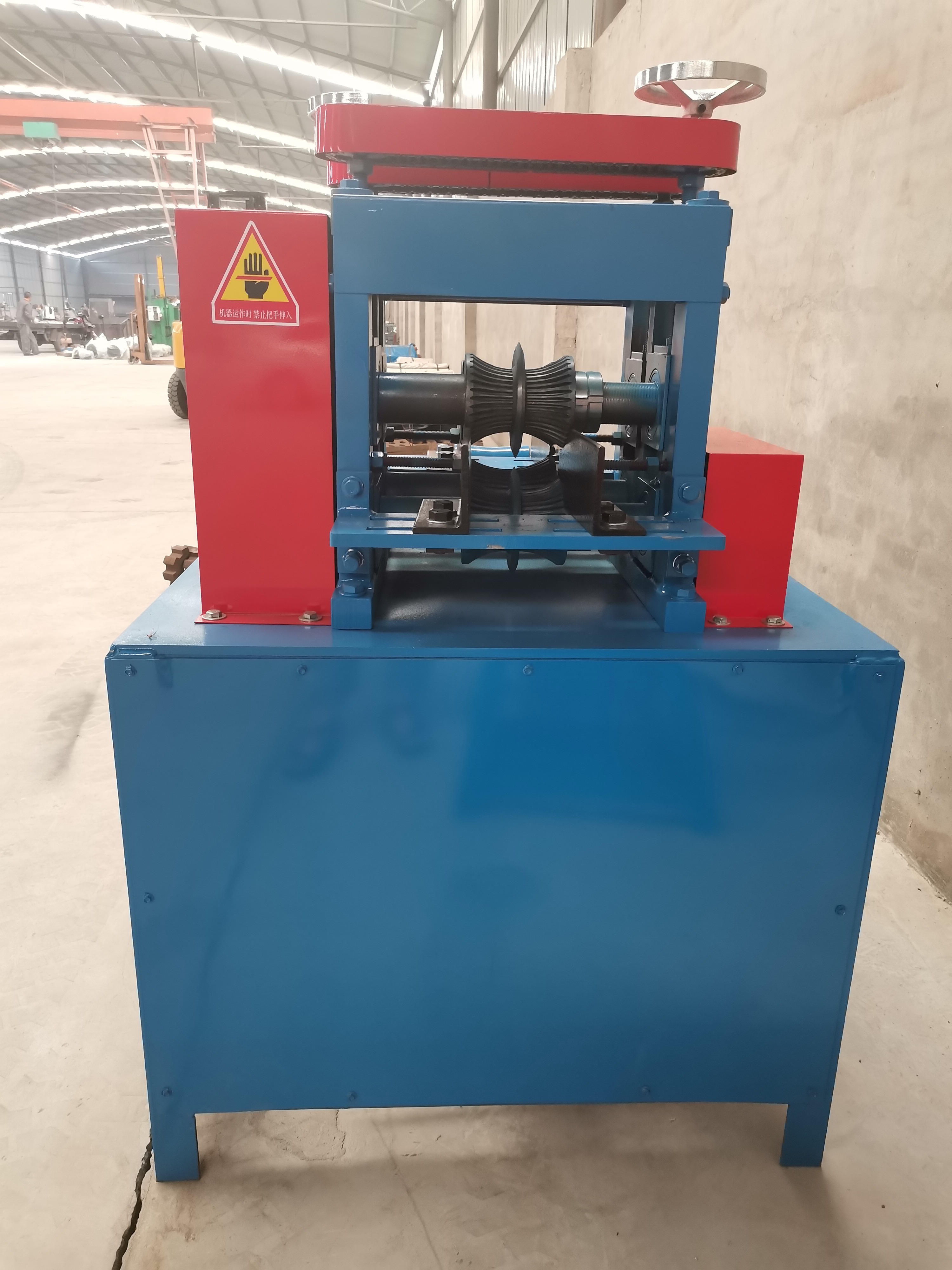

Oct . 19, 2024 02:44 Back to list
How to Recycle Computer Boards A Step-by-Step Guide
In today’s tech-driven world, computers and their components are an integral part of our lives. However, as technology evolves rapidly, many of us find ourselves with outdated or broken devices, leading to the question what should we do with these old computer boards? Disposing of electronic waste (e-waste) irresponsibly can harm the environment. Thus, recycling is the most responsible approach. Here’s a step-by-step guide on how to recycle computer boards effectively.
1. Understanding E-Waste
E-waste refers to discarded electronic devices, including computers. When it comes to computer boards, they are significant because they contain valuable materials like gold, copper, and other metals, which can be reclaimed through recycling. Furthermore, recycling computer boards minimizes the volume of waste reaching landfills and reduces harmful environmental impacts.
2. Preparing for Recycling
The first step in recycling computer boards is proper preparation. If you have an old or non-functional computer, start by disassembling it to remove the circuit boards. Ensure you unplug the device and take appropriate safety precautions, such as wearing gloves and safety goggles.
Begin by carefully removing the outer casing of the computer using a screwdriver. Once you have access to the internal components, locate the main circuit boards (motherboard, graphics card, etc.). Disconnect the cables and screws holding the boards in place and gently lift them out.
3. Finding a Recycling Facility
After you have extracted the computer boards, the next step is to find a reputable recycling facility. Look for local e-waste recyclers or specialized electronic recycling companies. Many electronics retailers also offer recycling programs. Before choosing a facility, ensure they are certified and follow environmentally friendly practices, such as those certified by the e-Stewards or R2 standards.
4. Understanding the Recycling Process
Once you’ve handed over your computer boards, the recycling facility will process the materials
. The recycling process typically includes the following steps
- Collection and Transport Collected e-waste is transported to recycling centers where it will be sorted. - Dismantling Computer boards are dismantled to separate valuable components. This may involve manual disassembly or machinery.
- Material Recovery Metals such as gold, copper, and aluminum are extracted. For example, the gold used in circuit boards is recovered through chemical processes, while plastics and other materials are sorted for separate recycling.
- Responsible Disposal Any hazardous materials, such as lead or mercury, are disposed of in accordance with safety regulations to minimize environmental impact.
5. Exploring DIY Recycling Options
If you are inclined towards DIY projects, you can also recycle computer boards at home. This requires more knowledge and safety precautions. You can collect the valuable metals through various extraction methods, but it is essential to research thoroughly and understand the risks involved. Always follow safety guidelines and consider less hazardous alternatives.
6. Reusing Parts
In some cases, parts of your old computer boards may still be functional. Consider reusing components, such as RAM or storage drives, in other devices. This approach not only helps reduce waste but also saves costs on new hardware.
7. Educating Others
Lastly, an essential part of the recycling process is educating others about its significance. Share your knowledge with friends and family, encouraging them to recycle their old electronics responsibly.
Conclusion
Recycling computer boards is an essential practice for promoting sustainability and protecting the environment. By following these steps—preparing your e-waste, finding a responsible recycling facility, and participating in DIY recycling—you can contribute to the reduction of electronic waste and ensure valuable materials are reused rather than discarded. Together, we can make a significant impact on our planet's health by promoting responsible e-waste recycling practices.
Latest news
Troubleshooting Common Eddy Separator Problems
NewsJul.04,2025
The Role of Metal Recycling Plants in Circular Economy
NewsJul.04,2025
The Impact of Recycling Line Pickers on Waste Management Costs
NewsJul.04,2025
Safety Features Every Metal Shredder Should Have
NewsJul.04,2025
How Industrial Shredders Improve Waste Management Systems
NewsJul.04,2025
How Cable Granulators Contribute to Sustainable Recycling
NewsJul.04,2025